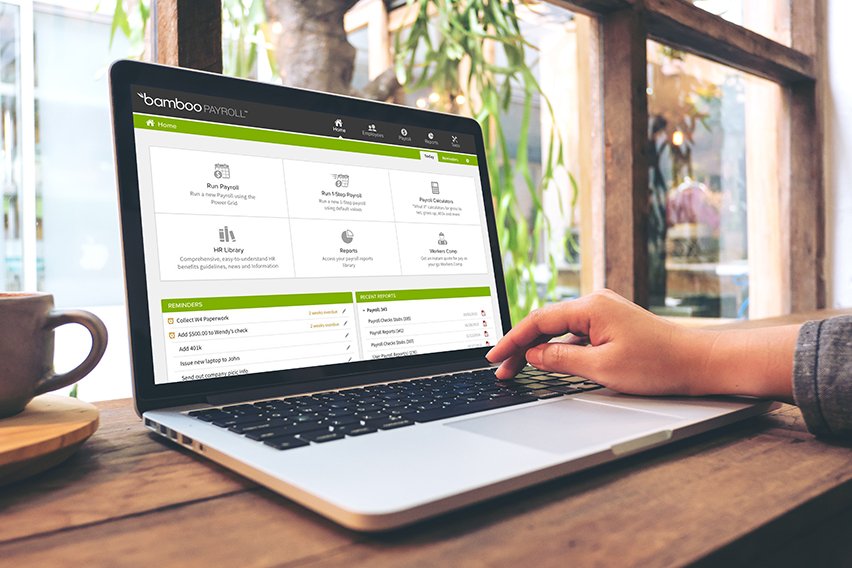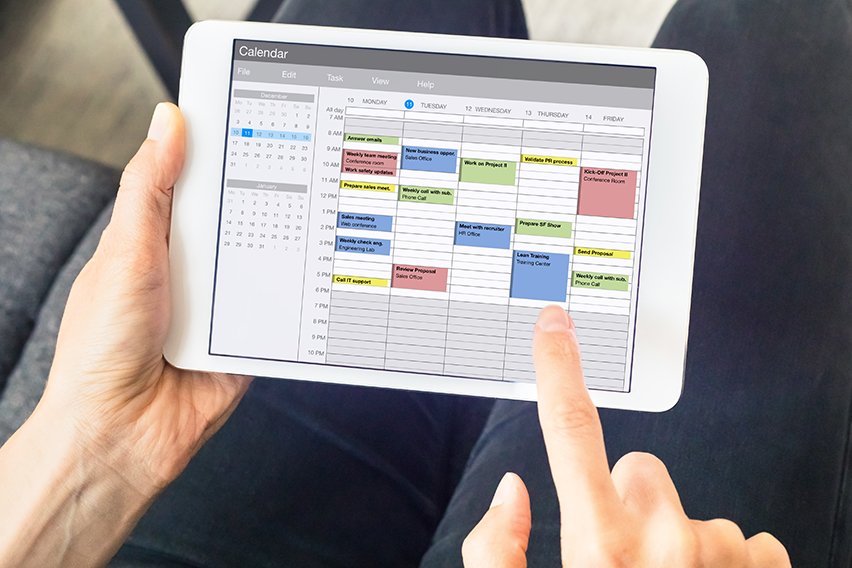Efficiency Vs Productivity: What’s the Difference?

Many people understandably consider efficiency and productivity to be one and the same. However, the two terms actually have different meanings. And while they are related, you can’t interchange efficiency and productivity.
So, today, we’re going to help clear up any confusion. By the time you finish reading this article, you will know the difference between productivity and efficiency.
Here’s What We’ll Cover:
What Is Productivity?
In short, productivity is performance output per unit of time. And since performance is not difficult to measure, many people pay attention to it. Usually, they calculate productivity by measuring output over similar time periods.
For example, let’s say your job requires you to put together cars. In a day, you make 75 cars, but only 40 of them are functional. Next to you is a worker who put together 40 cars in a day, and all of her cars worked as intended. She would, by definition, be more productive than you.
But what if you have a business that deals in customer service? How do you measure your level of production? Rather than measure output, true productivity levels are based on a comparison. This could be between departments, employees, and other similar factors.

For example, let’s assume that you have a cell phone store. One week, an employee-generated $5,000 in new activations. But another employee generated $10,000 in upgrades. The latter is considered more productive.
Depending on your business, you can break down productivity into categories that apply to your industry. As you can imagine, there are many types of categories that you could base on the product or service you provide.
If you need a hand with tracking your productivity, there are many helpful apps available. In using such applications, you can improve your business operations and, ideally, larger profits.
Calculating Productivity
Need to figure out how to calculate your business’s productivity? It’s simple! All you need to do is take your total output and divide it by your total input. This equals productivity. Let’s say your company produces $100,000 worth of products in one week. This is your output.
But in order to make your output possible, you needed to use 2,000 labor hours. This is your input. So, to calculate your company’s labor productivity, you need to divide 100,000 by 2,000. This comes out to 50. Therefore, your company generated $50 for every hour worked.
What Is Efficiency?
Remember the worker who produced 40 working cars in our first example? She is the definition of efficiency, producing a quality output of labor without errors. But there’s a catch. When you work at a high level of efficiency, you are also working at an optimum level of productivity.

For example, say the cell phone store from earlier repairs customers’ phones. Two repair technicians receive orders to fix 100 phones. Each technician repairs a total of 50 phones, equaling 100 altogether. The customers pick up their devices, but 20 come back because one technician didn’t fix them all the right way.
The technician who didn’t have any phones brought back is the more efficient employee. Bottom line; efficiency translates to doing things right the first time around. Sure, you might not get the initial output per unit of time as another employee.
But because there isn’t additional labor required to right your wrongs, you are the more efficient member of the team. When you do things right, you are saving your company money.
Calculating Efficiency
To get your efficiency measure, all you need to do is divide your standard labor hours by how much you worked. Then, you need to multiply that number by 100. You can tell how efficient your employees are by how great the figure is.
Key Takeaways
Cutting corners might seem like a great way to improve productivity and efficiency, but that’s not the case at all. Productivity without efficiency will come back and cost your company more money in the long run. When you’re efficient, everyone wins; you, your business and employees, and your customers.
If you need assistance with improving operations, be sure to check out FreshBooks. It has essential tools that are designed to help your business run smoother. And for additional small business advice and insight, don’t forget to head on over to our Resource Hub.
RELATED ARTICLES

 4 Best Timekeeper Software for Time Tracking
4 Best Timekeeper Software for Time Tracking How to Track Volunteer Hours and Log Time
How to Track Volunteer Hours and Log Time How to Control Time: 5 Ways to Improve Productivity
How to Control Time: 5 Ways to Improve Productivity How to Work 12 Hours a Day: Tips & Ways
How to Work 12 Hours a Day: Tips & Ways Top 4 Best Online Memo Maker Software
Top 4 Best Online Memo Maker Software What Is a Work Management System? Top 3 Work Management Software
What Is a Work Management System? Top 3 Work Management Software